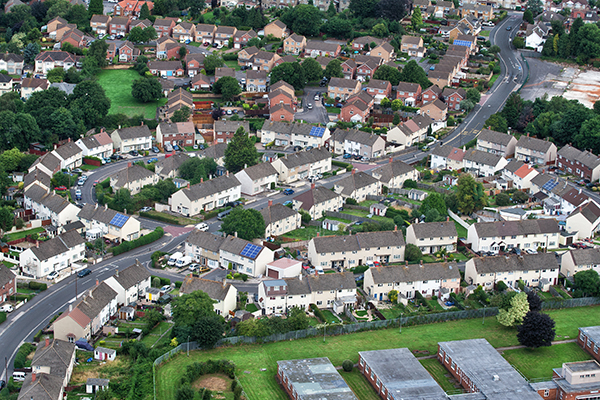 New report by the Foundation for Community Associations Research shows 69 million Americans today live in a homeowners association, condominium, or co-op.
New report by the Foundation for Community Associations Research shows 69 million Americans today live in a homeowners association, condominium, or co-op.
Twenty-one percent of the U.S. population now resides in a community association, also known as planned communities (e.g. homeowners associations, condominium communities, and housing cooperatives), according to the 2016 National and State Statistical Review for Community Association Data, published by the Foundation for Community Association Research (FCAR).
The research is produced by the Foundation in conjunction with Community Associations Institute (CAI), the leading international authority in community association education, governance, and management.
For more than 40 years, the Foundation has published the National and State Statistical Review which compiles community association data. In 1970, there were 10,000 community associations with approximately 2.1 million residents.
According to the 2016 report, CAI estimates the number of U.S. community associations in 2017 is between 345,000 and 347,000 with homeowners associations accounting for about 51–55 percent of the totals, condominiums for 42–45 percent, and cooperatives for 3–4 percent.
Florida continues to lead the nation’s community association housing model with 47,900 associations, and home to 9.6 million residents. California is the country’s second highest state for community associations with 45,400 communities followed by Texas (19,900), Illinois (18,600), North Carolina (13,900), and New York (13,800).
Additional results show the value of homes in community associations is nearly $5.5 trillion, and $88 billion in assessments is collected annual from homeowners to fund essential maintenance.
The report further details top reasons for the growth of community associations:
The Value of Collective Management.
Americans largely have accepted the collective management structure of community association living where association boards are comprised of elected homeowners who voluntarily serve their communities.
Privatizing Public Functions.
With many local municipalities facing fiscal challenges, communities are often created with the stipulation that the developer will create an association that will assume many responsibilities that traditionally belonged to local and state government (e.g., road maintenance, snow and trash removal, and storm water management).
Expanding Affordable Housing.
There has been a persistent effort to increase the percentage of homeowners in America, and since the 1960s, condominiums have tended to serve as lower-cost entry housing, especially for first-time buyers.
Minimizing Social Costs and Fostering Market Efficiencies.
Community associations not only maintain home values, but also reduce the need for government oversight and expenditures by providing services, assigning payment responsibility to homeowners, and being responsive to local concerns.
“By their inherent nature, community associations bring people together, strengthen neighborhood bonds, and promote a sense of community and belonging,” said Thomas M. Skiba, CAE, CAI’s chief executive officer. “As we witness the steady expansion with community associations worldwide, these attributes cannot be overlooked. Purchasing a home in a community association offers a diverse choice of services and amenities few Americans can individually afford without the shared responsibility enabled by community associations.”
To view the full report, visit www.foundation.caionline.org.
 Recently ones of our Denver area home owner asked, “I went to my homeowners meeting and it seemed like my manager runs our Association, is that the way it is supposed to be?”
Recently ones of our Denver area home owner asked, “I went to my homeowners meeting and it seemed like my manager runs our Association, is that the way it is supposed to be?”